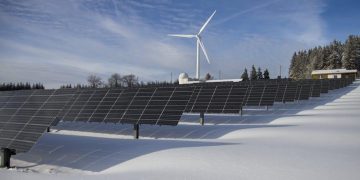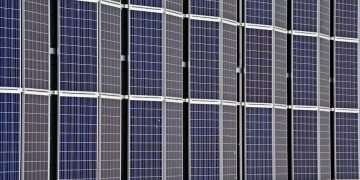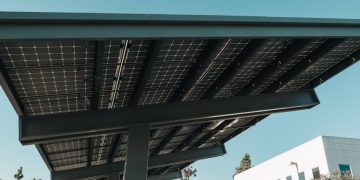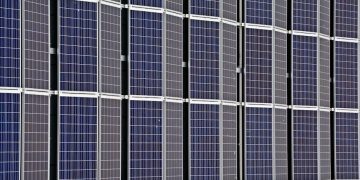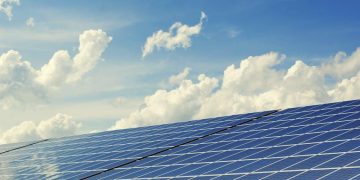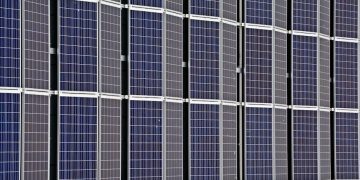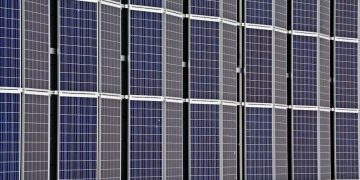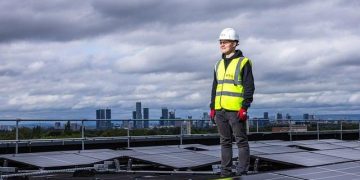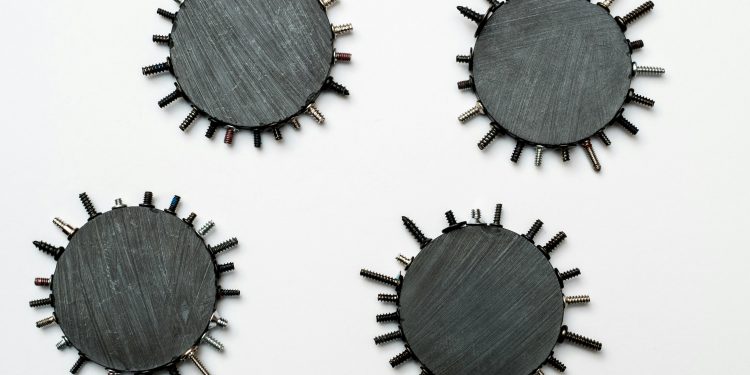As the sun rises each day, casting its golden glow across rooftops adorned with solar panels, it powers not only our homes but also our dreams of a sustainable future. Yet, beneath the sleek, reflective surfaces of these modern marvels lies a less glamorous reality—maintenance and repair. While solar panels promise decades of clean energy, ensuring their optimal performance requires an understanding of the potential costs involved. In this exploration, we delve into the often-overlooked world of solar panel upkeep, uncovering the average expenses that come with preserving their efficiency and longevity. Whether you’re a solar pioneer or considering your first investment in this renewable resource, understanding these costs is key to harnessing the full power of the sun without being overshadowed by unexpected expenses.
Understanding the Factors Influencing Solar Panel Repair Costs
When it comes to maintaining your solar energy system, several key elements can influence the cost of repairs. Location is a significant factor; areas with harsh weather conditions or frequent storms may see higher repair costs due to increased wear and tear. Additionally, the type of solar panels installed plays a crucial role. For instance, advanced technology panels might require specialized parts or expertise, potentially raising repair expenses.
- Age of the System: Older systems may need more frequent repairs due to outdated components.
- Quality of Installation: Poorly installed panels might lead to recurrent issues, increasing long-term costs.
- Availability of Spare Parts: If the manufacturer no longer produces certain parts, sourcing them can become costly.
Furthermore, the extent of damage can significantly affect repair costs. Minor issues like replacing a few connectors are relatively inexpensive, whereas more severe damage, such as cracked panels or faulty inverters, could necessitate a substantial financial outlay. Understanding these variables can help you anticipate and budget for potential repairs more effectively.
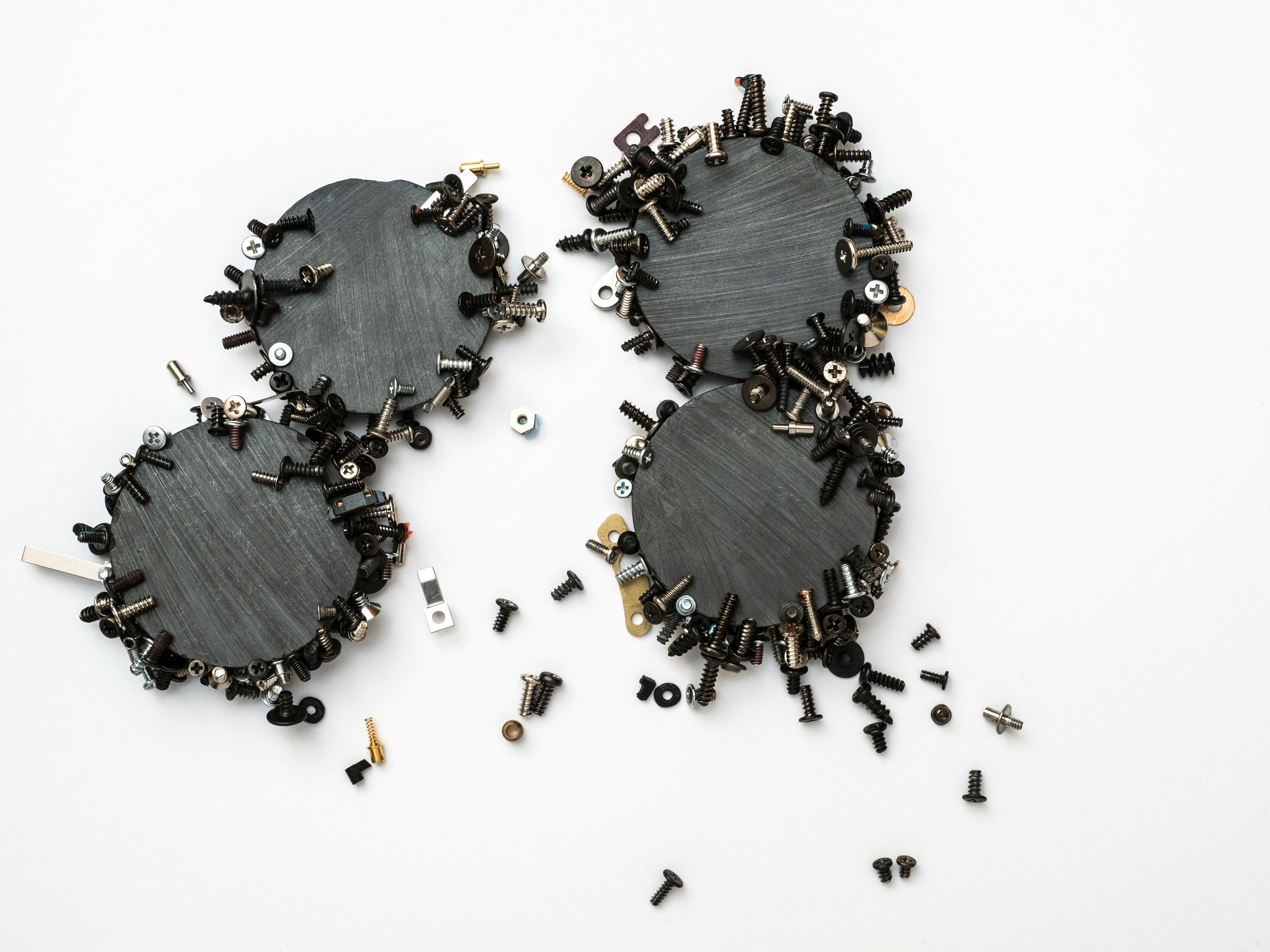
Exploring Common Maintenance Practices for Optimal Solar Efficiency
When it comes to keeping your solar panels in top-notch condition, there are several maintenance practices that homeowners can undertake to ensure optimal efficiency. Regular cleaning is essential, as dust, dirt, and bird droppings can significantly reduce energy output. A simple rinse with a garden hose every few months, or a professional cleaning service annually, can help maintain peak performance. In addition, inspecting the panels for physical damage or cracks, especially after severe weather events, is crucial. These inspections help in identifying issues early and preventing costly repairs down the line.
- Panel Cleaning: Regularly remove debris and dirt to enhance sunlight absorption.
- Shading: Trim nearby trees or structures that could cast shadows over the panels.
- System Monitoring: Use solar monitoring systems to track energy production and spot irregularities.
- Professional Inspection: Schedule an annual inspection with a certified technician to check for electrical issues.
Engaging in these practices not only extends the lifespan of your solar system but also ensures that you get the most out of your investment. Keeping a close eye on your system’s performance and addressing minor issues promptly can prevent the need for major repairs, ultimately saving on costs while maximizing energy efficiency.

How to Budget for Long-term Solar Panel Upkeep
Maintaining your solar panel system over the long term involves careful budgeting to ensure that you can handle any necessary repairs or regular upkeep without financial strain. While solar panels are known for their durability, they still require attention to maintain optimal performance. Begin by considering the following key areas:
- Regular Cleaning: Dust and debris can accumulate on your panels, reducing efficiency. While professional cleaning services are available, many homeowners opt for DIY cleaning, which can significantly reduce costs.
- Inverter Replacement: The inverter is a crucial component that typically needs replacement every 5 to 10 years. Budgeting for this in advance can prevent unexpected financial surprises.
- Minor Repairs: From time to time, minor repairs may be needed, such as fixing a loose connection or replacing a damaged panel. Setting aside a small amount each year can help cover these costs without impacting your finances.
It’s also wise to factor in potential upgrades to your system. As technology advances, newer models or additional components could enhance your system’s efficiency. Planning ahead for these improvements can ensure that your solar setup remains at the cutting edge without a major outlay all at once. By creating a detailed and flexible budget, you can enjoy the benefits of solar energy with peace of mind.
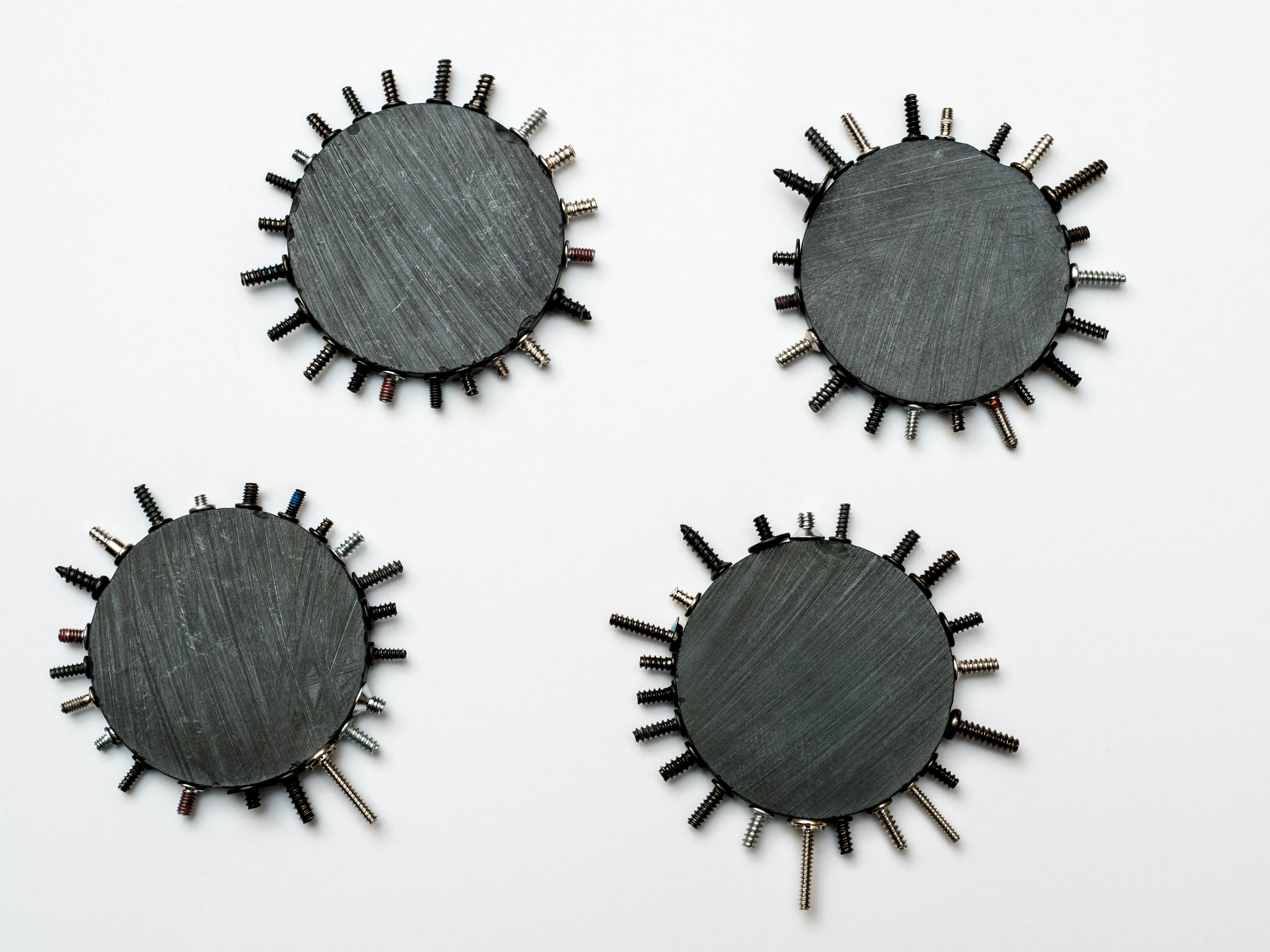
Expert Tips for Reducing Solar Panel Repair Expenses
When it comes to minimizing the expenses associated with maintaining and repairing solar panels, a few strategic steps can go a long way. Regular inspections are crucial; they help in identifying potential issues before they escalate into costly repairs. During these inspections, focus on checking for physical damage such as cracks or discoloration and ensuring that the electrical connections are secure. Moreover, cleaning your panels regularly to remove dust and debris can enhance their efficiency and prevent long-term wear.
- DIY Monitoring: Invest in a solar panel monitoring system to keep track of performance and spot anomalies early.
- Warranty Awareness: Familiarize yourself with your panel’s warranty terms. Many manufacturers offer extensive coverage that can save you from out-of-pocket expenses.
- Professional Servicing: While DIY maintenance can help, schedule periodic professional servicing to ensure thorough checks and precise calibrations.
Implementing these proactive measures not only reduces the likelihood of unexpected costs but also extends the lifespan of your solar investment. By staying informed and attentive, you can enjoy the sustainable benefits of solar energy with fewer financial interruptions.
The Conclusion
As we conclude our exploration into the world of solar panel repair and maintenance, it becomes clear that understanding the average costs involved is crucial for any solar energy enthusiast. By shedding light on these financial aspects, we empower homeowners and businesses to make informed decisions, ensuring that their investment in sustainable energy continues to shine brightly. Whether it’s routine cleaning, minor repairs, or occasional replacements, maintaining your solar panels doesn’t just protect your wallet—it safeguards the planet. So, as the sun sets on our discussion, remember that every ray of knowledge equips you with the power to harness a cleaner, greener future.


